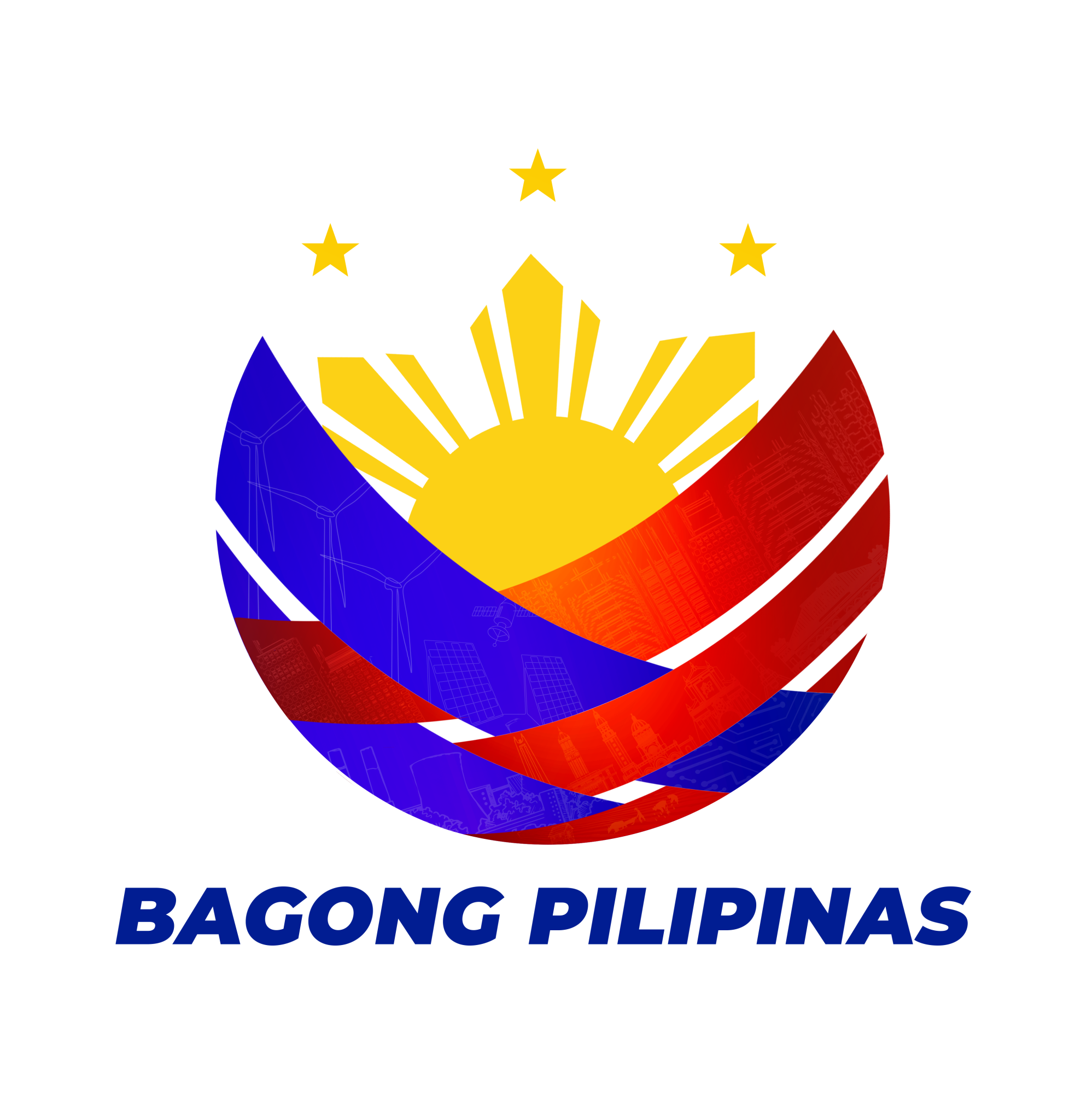Keynote Message
Teodoro L. Locsin, Jr.
Foreign Affairs Secretary
on the
Viewing of the Exhibit for the 40th anniversary of the
Manila Declaration on the Peaceful Settlement of International Disputes
21 April 2020, 3:45 PM
Excellencies, colleagues,
The title of the exhibit, ‘When the World Declared Peace’ is aspirational; after 40 years should be a commonplace reality. What animates this exhibit — from the 20-foot centerpiece dominating the scene, to the playful and colorful mural at the back, to nineteen panels — illustrate the ideas that underpin the Declaration.
The peaceful settlement of disputes should be the central concern of the United Nations and of its member states, equal to the imperative obligation of each one to its self-preservation and defense. Efforts to strengthen the process of the peaceful settlement of disputes must continue tirelessly, the Declaration states. So is adapting the Declaration to realities that have since emerged.
From the enormous and continuing challenge of state-making, I dare add preserving the territorial integrity of states; thereby inviting state failure. Dismembering a state for the sake of ending a violent quarrel inside it, is like amputating a leg to save a life. The ghost of the severed limb will haunt the survivor, feeding his deep sense of irreparable loss that is sure to break out in greater violence sooner or later. So, mediation must be a work in continuous progress. In the current context, may I add one thing more about disputes between states: the mediators must be respected by the disputants; none except the US and another peer power would merit that respect in the eyes of the bigger protagonist. In the case of internal disputes, no power encouraging one side of the dispute should have any part or presence in the mediation.
Forty years ago, despite sharp differences between them, states made common cause in declaring a shared understanding that resonates to this day:
Together –
We reaffirmed the principles of the UN Charter, and of justice and general international law.
We identified applicable principles: prevention of disputes, good faith, free choice of means without foreign interference, the settling of disputes exclusively by peaceful means if possible. The UN is not a foreign country but our common home, our common instrument for our peace and wellbeing. The UN must have an important if not the leading role.
We enumerated means to settle disputes: negotiation, inquiry (that is to say, getting the facts right and not making them up), conciliation, mediation, arbitration, judicial settlement, resort to regional arrangements or agencies including good offices.
We agreed on the ways by which the UN system – specifically the General Assembly, the Security Council, ICJ, and the Secretary-General himself – can contribute to the peaceful settlement of international disputes.
Together –
We adopted the Manila Declaration by consensus. Our then Secretary for Foreign Affairs Carlos P. Romulo said: “This Declaration marks an important step forward for the United Nations and the international community generally in our efforts to enhance the capacity of the United Nations for peace-making.” His words have not lost their relevance. On this 40th year we reaffirm our commitment. This exhibit is a vivid way to reflect on the Declaration. It is the Philippines’ contribution to the dissemination of the Declaration and the commitments needed for its full observance. Thank you. END.

